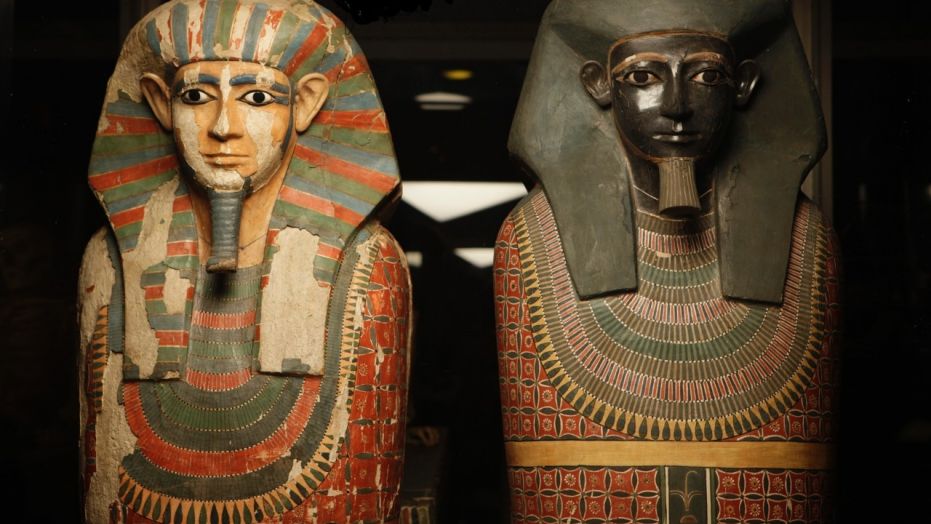The Two Brothers mummies on display at Manchester University are actually only half-brothers, researchers found.
An analysis of DNA evidence answers questions on whether the two men are related, and provides new insights on women’s roles in ancient Egypt, Tech Times reports.
The two mummies were unearthed in 1907, and experts have since been trying to solve the mysteries surrounding Khnum-nakht and Nakht-ankh. Hieroglyphs appear to state that the brothers are sons of a woman named Khnum-aa and an unidentified governor. But other experts still questioned the relationship between the mummies.
Research shows that neither of these theories is actually accurate. DNA revealed that while Khnum-nakht and Nakht-ankh did have the same mother, the Y chromosome sequences showed that they most likely had different fathers.
The study provides answers towards solving the mystery of the story and origin of the Two Brothers, but also raises more questions. Now that the relationship has been resolved, the next step would be to understand the circumstances surrounding the mummies.
But the researchers pointed out that it would be difficult to pinpoint the Two Brothers’ place in a broader context, since there are no other discoveries quite like them – two elite men buried together in a Pharaoh’s tomb. Assumptions are that the mother had high social standing at the time when Egypt used social class, not gender, to reflect individual rights.
Barbara Watterson, an Egyptologist, described how women in ancient Egypt were on the same level as men when it came to most of the law, with the exception of jobs. Women could own properties, adopt children under their names, marry whom they wanted to, get divorced and bring legal action.
In short, women in ancient Egypt enjoyed more rights and were regarded more highly than other women from other cultures at that point in history.
Watterson said, “All landed property descended in the female line, from mother to daughter, on the assumption, perhaps, that maternity is a matter of fact, paternity a matter of opinion.”
The study was published in the Journal of Archaeological Science.
























